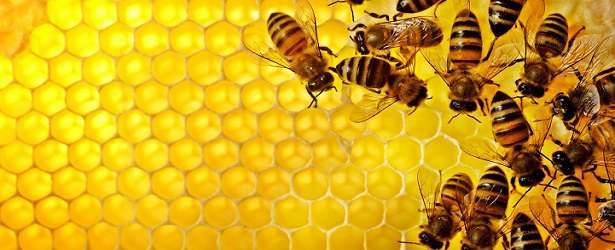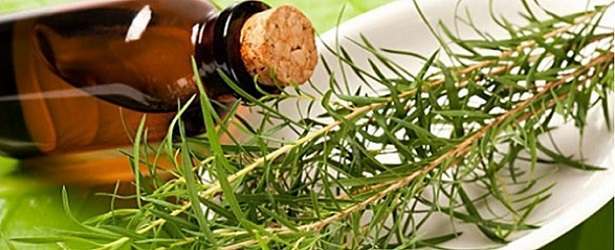
Can Moose Saliva Really Cure Foot Fungus?
Moose is an interesting animal as its saliva is beneficial for the animal. The moose eats plants that use fungi as a protective agent and by consuming such plants, the moose reduces the level of fungi in the environment. There are a few plants that a moose loves to eat and many of them use fungi as a means to protect themselves and even a moose cannot consume a large amount of fungus without falling ill.
 Scientific research has found that there is a possibility that moose saliva can help treat foot fungal infections. It has been observed that grazing animals effect the plant life around them. Over time, these plants have also developed various methods of protecting themselves and one of them is fungus.
Scientific research has found that there is a possibility that moose saliva can help treat foot fungal infections. It has been observed that grazing animals effect the plant life around them. Over time, these plants have also developed various methods of protecting themselves and one of them is fungus.
Mutualism is the term given to the relationship a plant shares with a fungus. A fungus is allowed to grow inside of the plant and in return when the plant is being eaten by an animal, the fungus living inside the plant comes into action to protect the plant. When an animal eats a plant which has fungus, ergovaline, a highly toxic substance is produced by the fungus that can lead to the loss of a limb if consumed.
Moose are not affected by the fungus thanks to the saliva that they produce. Scientists have noticed that when a moose’s’ saliva comes in contact with toxic laden grass, it can lead to there being less toxins. This anti-fungal saliva works to suppress the toxic levels but it does not neutralize the effect when the animal is grazing this grass. One is still not able to determine how the saliva of a moose does that.
 Dutch scientists have discovered that human saliva heals wounds and has been tested on foot ulcers.
Dutch scientists have discovered that human saliva heals wounds and has been tested on foot ulcers.
Histatin is a component present in human saliva that helps increase the rate at which a wound is healed.
It was observed that wounds that had been treated with saliva were completely healed within sixteen hours. This helps us understand why wounded animals lick their wounds.
Meanwhile, we are far from accepting this saliva treatment as a means to cure fungal infections since the idea of putting saliva on the infection seems disgusting. Nor will we put saliva in our socks or shoes. We are willing to experiment with creams and lotions that a podiatrist recommends, but the natural cure which is available freely is something people are not willing to use. Maybe in the years to come, using saliva to treat fungal infections will be accepted. In the meantime, it is still only a concept.
TOP 5
ATHLETE'S FOOTTreatments |
|||||
| Athlete's Foot Clear | Naturasil | Healing Natural Oils | Forces of Nature | DeSensua | |
|---|---|---|---|---|---|
| 1 | 2 | 3 | 4 | 5 | |
| Price (1 bottle) Price (6 bottles) *Best Value |
$49.95 $139.80 |
$31.30 $169.00 |
$29.95 $161.73 |
$34.85 $188.00 |
$23.99 $129.55 |
| Overall Rating | 99.30% | 82.20% | 79.40% | 74.80% | 66.30% |
| Effectiveness |      |      |      |      |      |
| Speed of Results | Extremely Fast | Good | Average | Slow | Slow |
| Quality of Ingredients | Premium | Good | Good | Average | Average |
| Customer Satisfaction Evaluation | 99.10% | 80% | 75% | 74% | 65% |
| Safety Evaluation | Safe for Use | Safe for Use | Safe for Use | Safe for Use | Safe for Use |
| Customer Service Rating |      |      |      |      |      |
| Reorder Rate | Highest | Good | Average | Average | Average |
| Return Policy | Risk Free | Risk Free | Risk Free | Risk Free | Unopened Only |
| Success Rate | 99.20% | 82% | 73% | 73% | 62% |

 Subscribe Now
Subscribe Now











